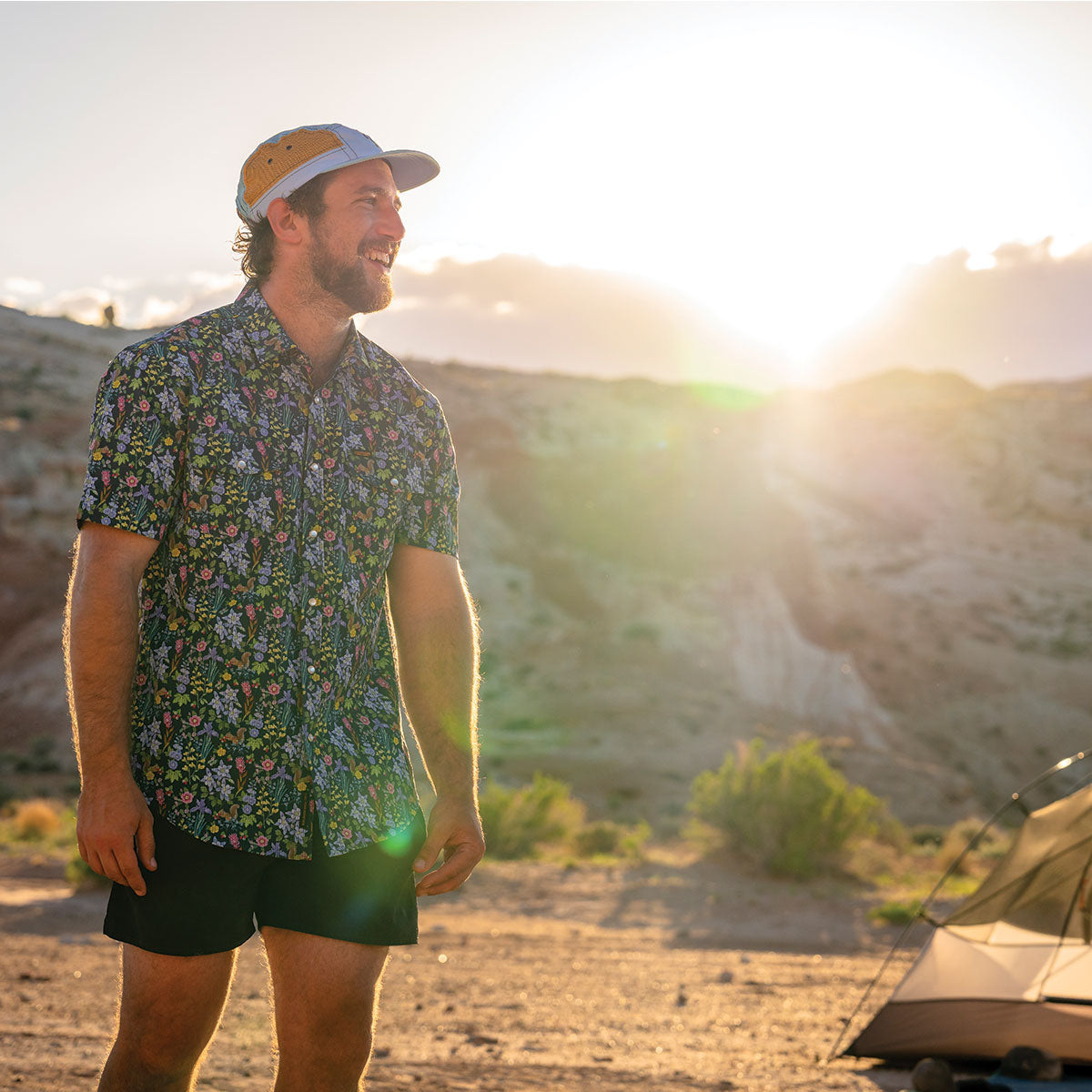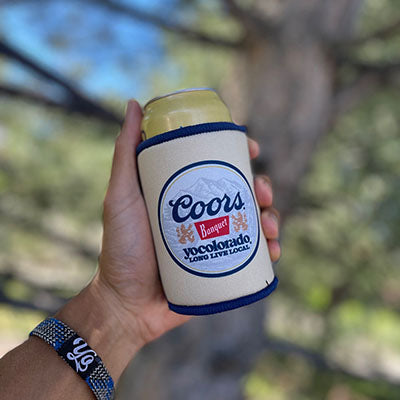Bison are some of the most incredible animals you can see in America’s West. While the plains were once full of millions of bison, these massive and magnificent creatures are now ecologically extinct as a wild species. Fortunately, you can still witness bison herds—and the beautiful landscapes they roam through—in a handful of national parks and wildlife refuges. While seeing a bison in real life is on many nature lovers’ bucket lists, visitors must take care. Like all wild animals, bison can cause a lot of damage when provoked. How do you keep yourself and this threatened species safe during an encounter? Educate yourself with these bison safety tips while hiking.
Keep Your Distance
Of course, the best way to stay out of danger is to prevent an encounter in the first place. While their great size and seemingly indifferent manner can make bison appear harmless, they have an unpredictable and protective nature that may lead to trouble if you get too close. That’s why you should always try to appreciate these creatures from a distance. The National Park Service recommends staying at least 25 yards away from bison, but some parks recommend an even farther distance. Stay aware of your surroundings during your hike so that you don’t accidentally surprise a bison or end up in the middle of a herd. Take extra care around mating bulls or cows with calves, as these will be much more aggressive.
Back Away From Encounters
If you do end up too close to a bison, it’s important to stay calm and be smart. A surprised bison will often startle and run away, but occasionally it will stop and take a closer look at you instead. This interest is a sign to slowly and carefully back away. Increase the distance between yourself and the bison. If you can’t go back the way you came or you need to leave the trail to move around the bison, make sure you keep a respectful distance. Also, keep an eye on the surrounding area to make sure you don’t accidentally walk deeper into a nearby herd.
Know the Signs of Aggression
Keeping your distance is one of the most crucial bison safety tips while hiking. Unfortunately, it isn’t always possible. If you find yourself too close to a bison, there are a few signs of aggression you should look out for. If the bison snorts, shakes its head, or paws at the ground, it might be getting ready to charge. Take this as a sign to retreat quickly. Give yourself some distance and try to find cover behind a tree, a car, or another large object.
Colorado is one of the glorious states where you can see bison in person, including at Golden’s own Buffalo Overlook. Stop by and witness North America’s largest land mammal for yourself. While you’re here, be sure to stock up on your favorite Colorado stickers, patches, and other colorful merch at YoColorado.








2 comments
Leave a comment
This site is protected by hCaptcha and the hCaptcha Privacy Policy and Terms of Service apply.